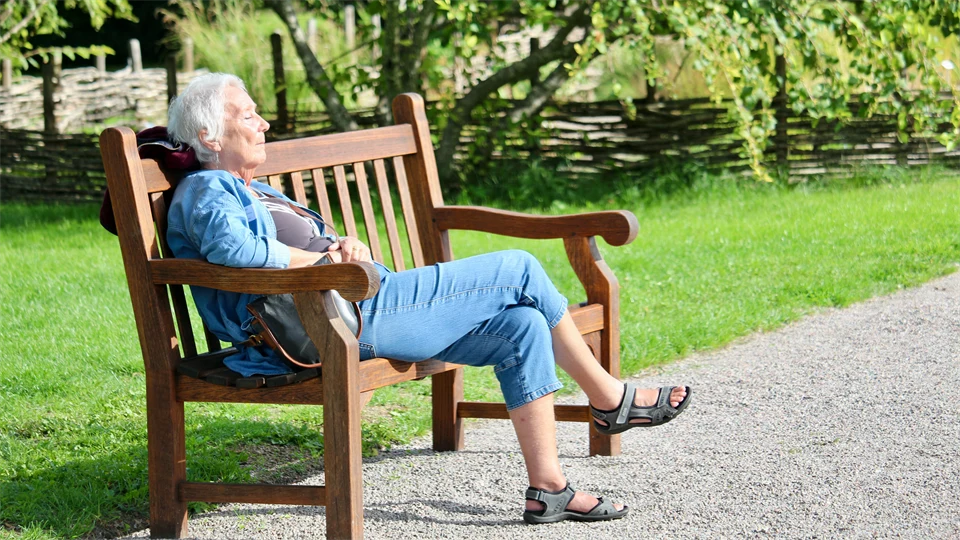This is what the elderly of Östersund and Härnösand think
The responses from Kristin Godtman Kling's survey have now begun to be analyzed. The results show, among other things, that outdoor activities and spending time in nature increase the quality of life of older adults, but that many do not have the opportunity to be outdoors as often as they would like.
Nature important for health
Preliminary results show that about two-thirds of the respondents state that they spend time often (3–4 times a week) or very often (every day) in nature areas in their home municipality on weekdays. Although the high number can be seen as positive, about 13% state that they rarely or never spend time in natural areas, and 12% that they do not have the opportunity to be out in nature as often as they would like. This is important to pay attention to, as as many as 95% of respondents believe that nature experiences and outdoor activities have a positive impact on their health. If people do not have the opportunity to spend time in nature as often as they would like, it can mean poorer quality of life and increased physical and mental ill-health.
Key factors
The most common outdoor activities that older adults in the municipalities of Härnösand and Östersund engage in are walking, hiking, Nordic walking, picking berries and mushrooms, and cross-country skiing. that there are marked and prepared paths, that there is peace and quiet, and that there is mobile coverage. More seats and benches, separated pedestrian and bicycle paths, as well as better sanding and snow removal in the winter are some suggestions for improvements that the respondents want the municipality to implement to increase accessibility.
Not caught everyone
Just over 80% of those who responded to the survey state that their health is good or very good. This shows that those who feel they have poorer health were not captured in the survey, which is a shortcoming. It is of course important that people with different health backgrounds are heard, as this knowledge provides opportunities to adapt interventions to different needs.
A total of 255 people from the municipalities of Östersund and Härnösand responded to the survey. The oldest respondent was born in 1931, and the youngest in 1962. The majority of respondents (59%) were born between the years 1940-1949.
